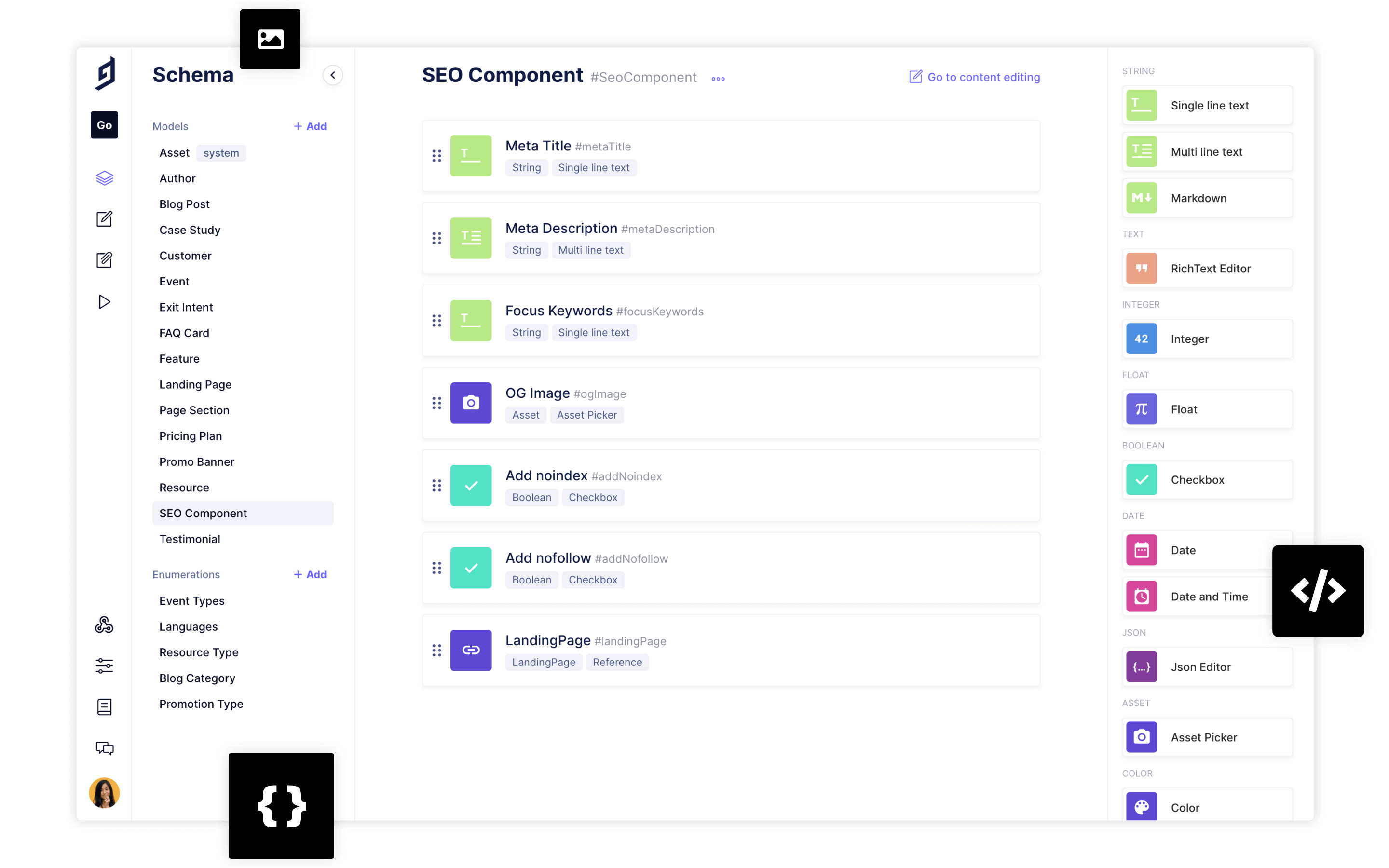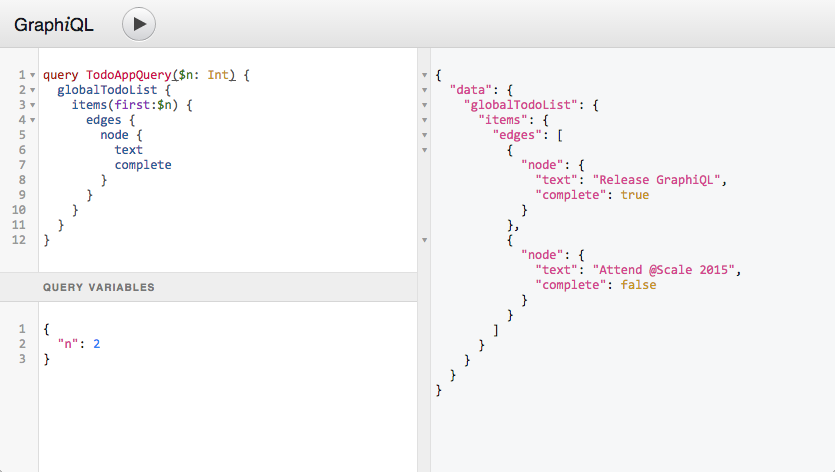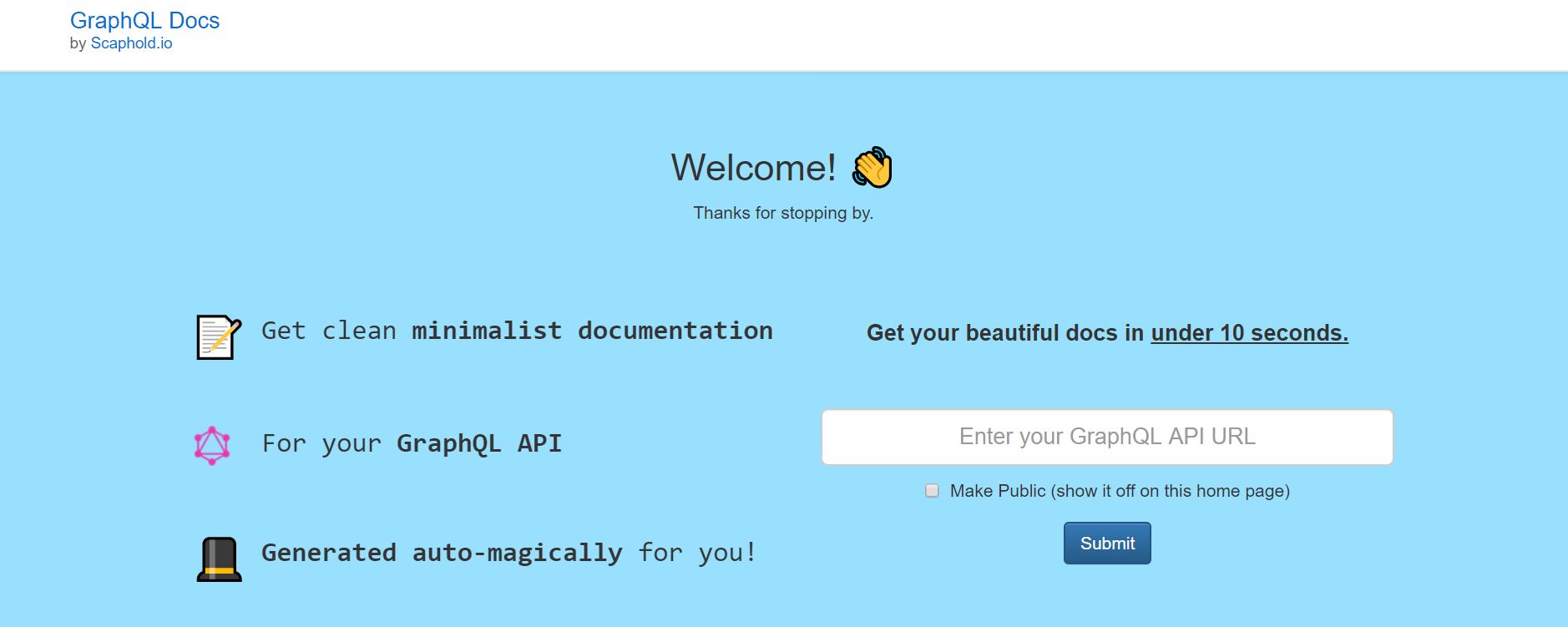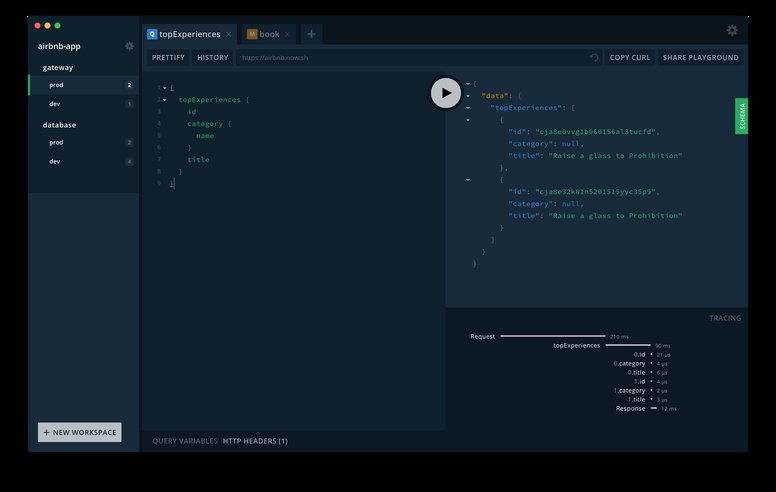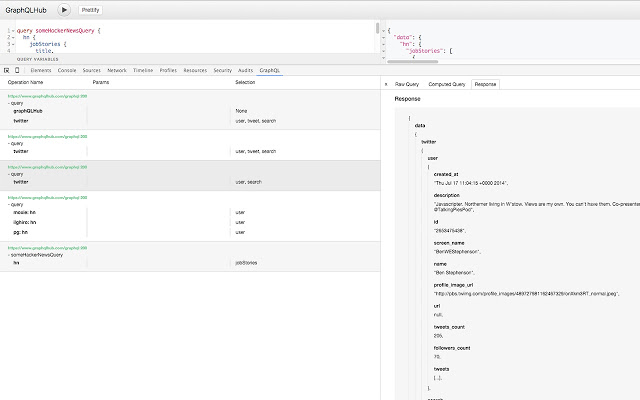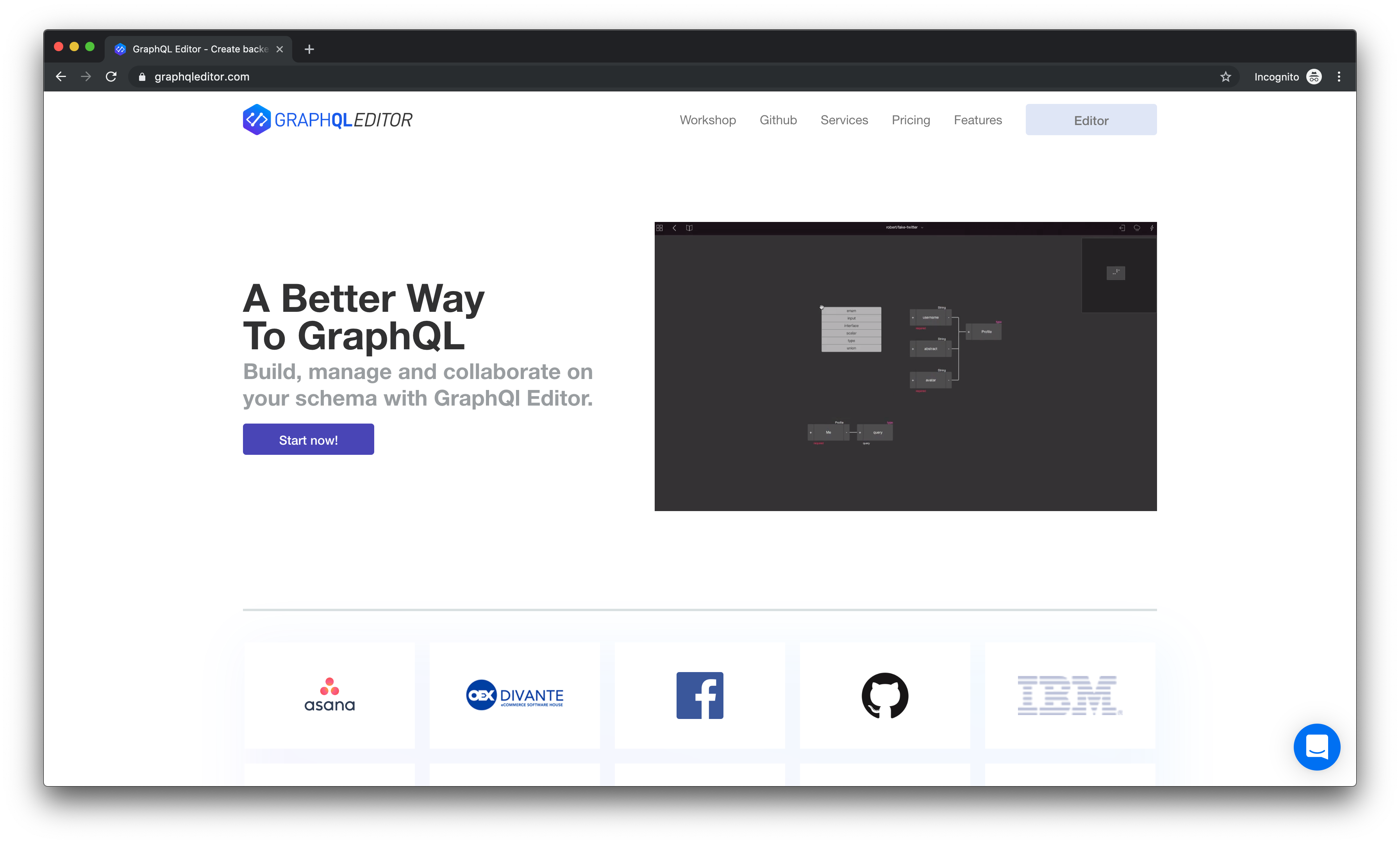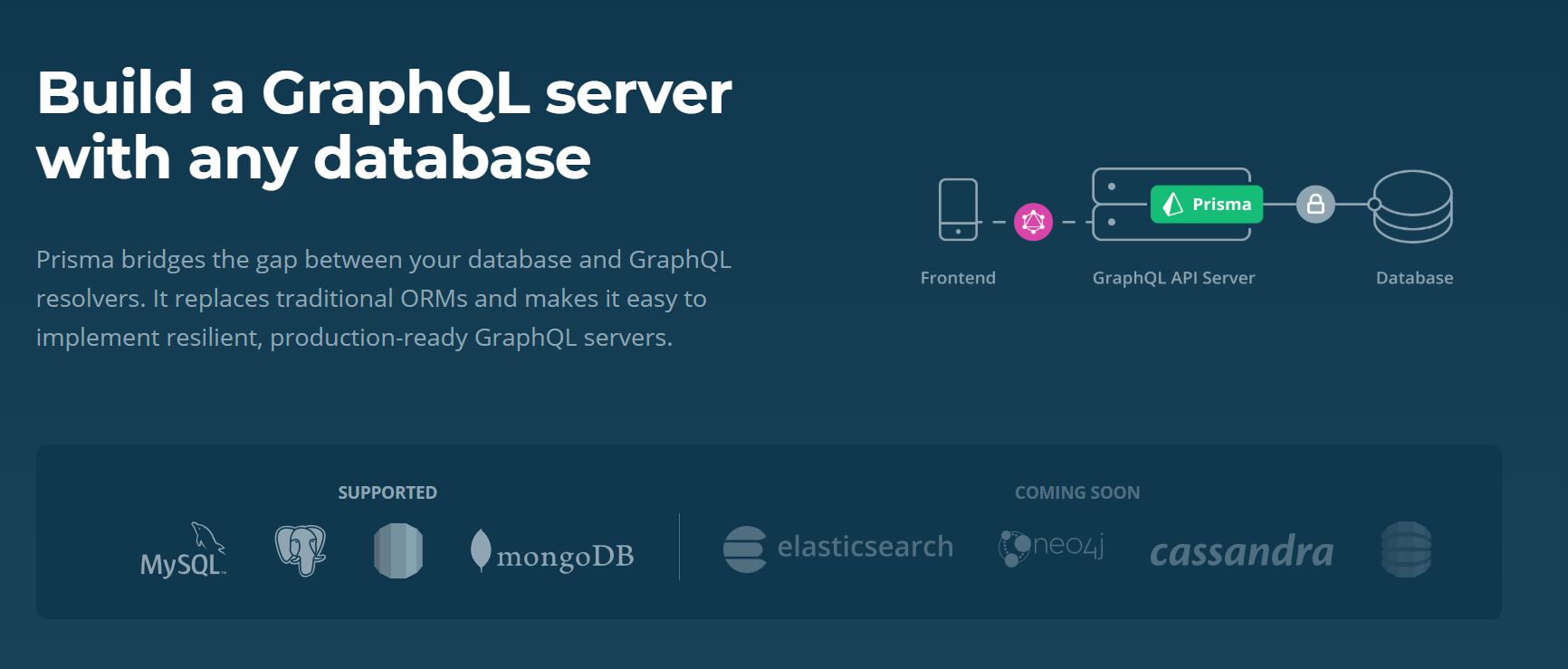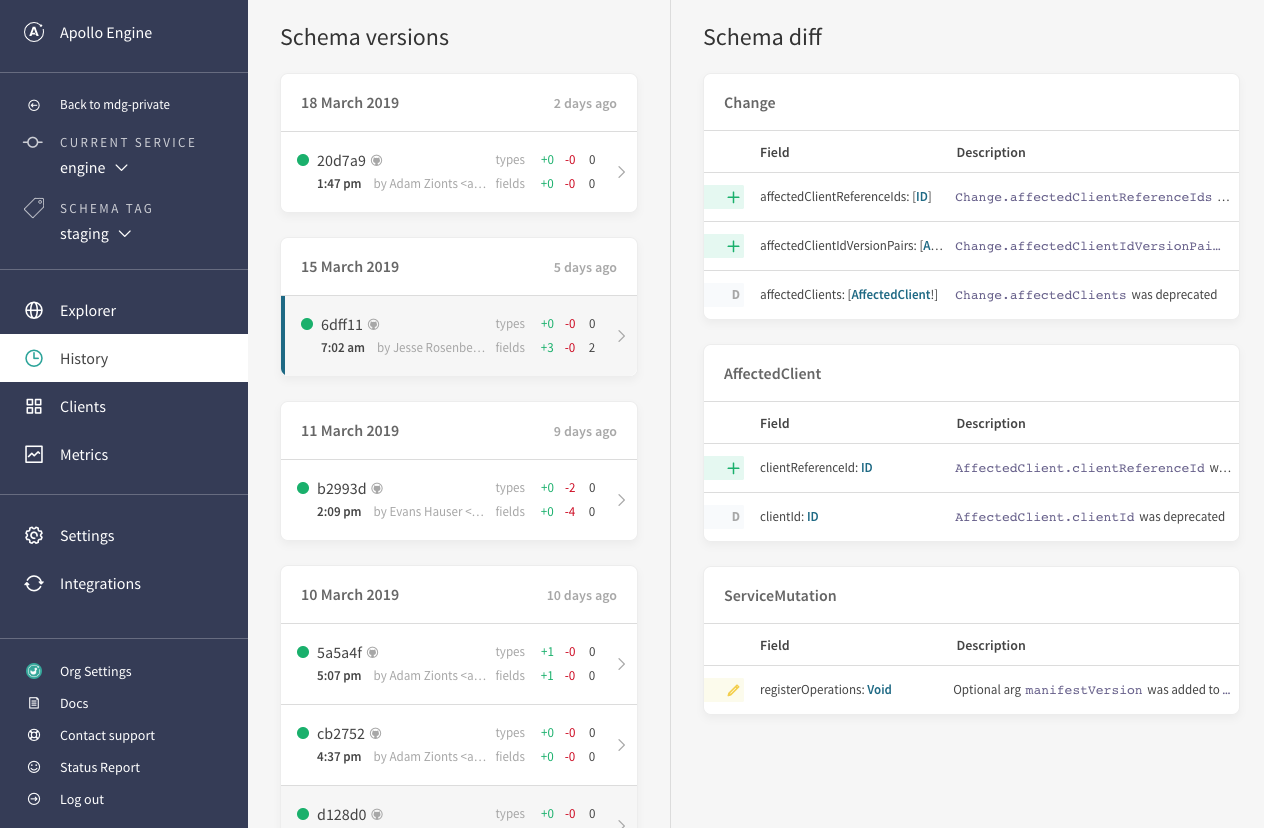Since its beginnings in 2012, GraphQL has continued to offer exciting possibilities for developers to extend and expand upon their services. This new query language is opening up a whole host of opportunities for new API infrastructures and content management systems. What’s more, all the new tools that are being developed for GraphQL are opening up even more avenues. To help you navigate a growing number of GraphQL tools, we’ve curated a list of the best-in-class players.
10 Best GraphQL Tools For 2020Anchor
1. GraphCMS — content on any platformAnchor
Number one on our list of the best GraphQL tools we think you should be trying out right now has to be our very own GraphCMS. We’re biased, but it’s been frequently featured on other lists too — and here’s why. GraphCMS is a powerful, easy-to-use, headless content management system that allows you to build the essential back-end content infrastructure that you need. Our CMS offers a drag-and-drop simplicity for creating a GraphQL, along with an endpoint for trying out GraphQL too — so there’s no need to code a server.
2. GraphiQL — making GraphQL easierAnchor
We like GraphiQL for the same reason that most developers like this tool - because its IDE (Integrated Development Environment) makes GraphQL that much easier to browse. GraphiQL brings the new era of data querying languages to the next level by providing the necessary interface for writing, validating, and testing GraphQL queries and mutations.
3. GraphQL Voyager — visualize your GraphQLAnchor
Visuals are processed much more easily by the brain, which is what makes GraphQL Voyager such an important tool for developers, and anyone else learning about how GraphQL works. GraphQL Voyager provides you with a graph of your graph — your Schema Graph to be exact. This interactive tool can be really helpful when discussing and designing your data model.
4. GraphQL Docs — auto-create your docsAnchor
If developers wanted to be writers, we would have chosen a writing career - but we didn’t. And that’s why GraphQL Docs is a lifesaver for those who have to write up documentation -— whether we like it or not. As the website itself says, this tool creates beautiful documents in seconds, and it also gives you the option to allow public or private access to your document.
5. Swagger (your schema) to GraphQLAnchor
If you’ve been working with Swagger and you need to move your RESTful APIs to GraphQL as seamlessly as possible, then Swagger2GraphQL is definitely the tool for you. Considering that many in the industry are still working with REST while transitioning to GraphQL — we believe this tool is going to prove very important for a lot of developers in the near future.
6. GraphQL IDE — the GraphQL playgroundAnchor
GraphQL IDE carries a whole host of awesome features and tools that make GraphQL so much more fun to play with. Those features include project import and export, query storability, query history, and custom headers. GraphQL IDE allows for smoother workflows by including GraphQL subscriptions, interactive documentation, and collaboration opportunities.
7. GraphQL Network — a “network-style” tabAnchor
This network-style tab on Chrome where you can see network requests for GraphQL, allows developers to inspect queries and responses, thus monitoring and debugging those queries more easily. While this tool is a work in progress (it’s currently ironing out some kinks when it comes to GraphQL queries), Network is a potentially very handy tool for devs.
8. GraphQL Editor — Create Backends from GraphQL SchemaAnchor
Take advantage of GraphQL Editor's ready-to-use fake backend to visualize your schema. Easily collaborate with others and create Team Schema Libraries. If you're looking for a way to visualize and validate your existing schema, then GraphQL Editor could be the right tool for you.
9. Prisma - build your GraphQL server with easeAnchor
Prisma offers a set of database tools for modern application development. It covers any type of language and database, including GraphQL. In this regard, it replaces traditional ORMs and makes it really easy to build and implement GraphQL servers. Prisma stands out thanks to its excellent query engine, API and developer experience.
10. Apollo Engine (previously known as Optics)Anchor
Engine is just one part of Apollo GraphQL, a platform that integrates a number of tools needed for operating and building with GraphQL. Apollo Server, Schema Registry, IDE Plugins, and Apollo Client are some other tools. Apollo Engine pulls data from Apollo schemas and performance reports — handing you the opportunity to improve your schema management system.
GraphQL adoption is growingAnchor
The number of major international companies incorporating GraphQL is growing - Shopify, Github, Medium, Docker, Twitter, Airbnb, and Paypal are just some of the mega-enterprises trying it out. These top tools for 2020 are only the top tip of the iceberg of the awesome tools being developed.
Find out more about GraphCMS. Get in touch today and try it out for free!
